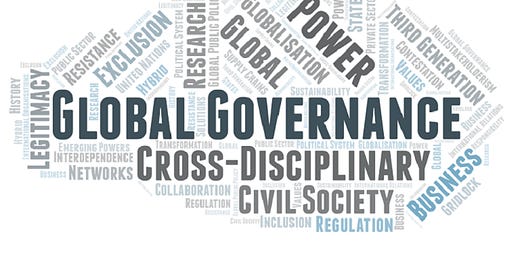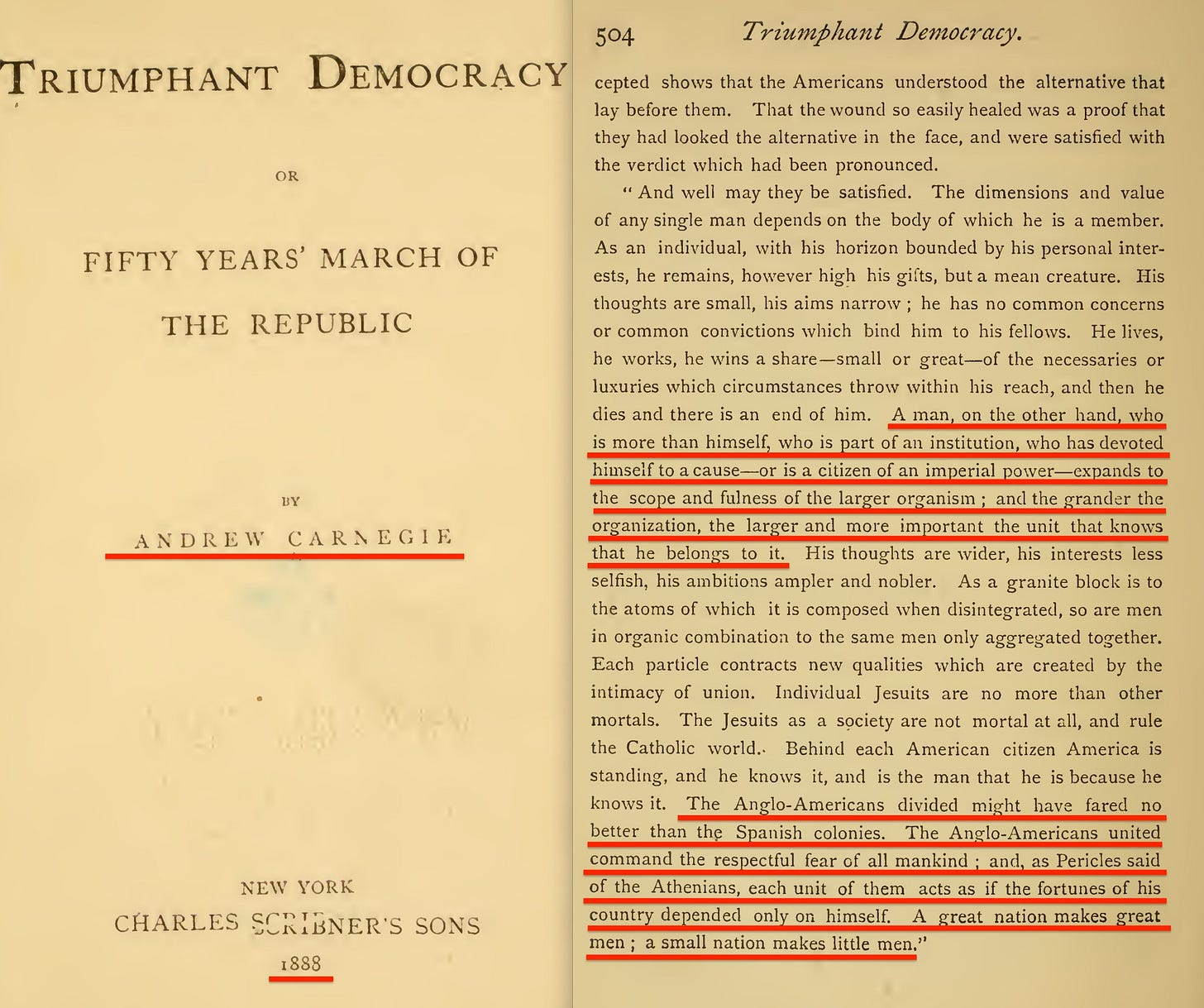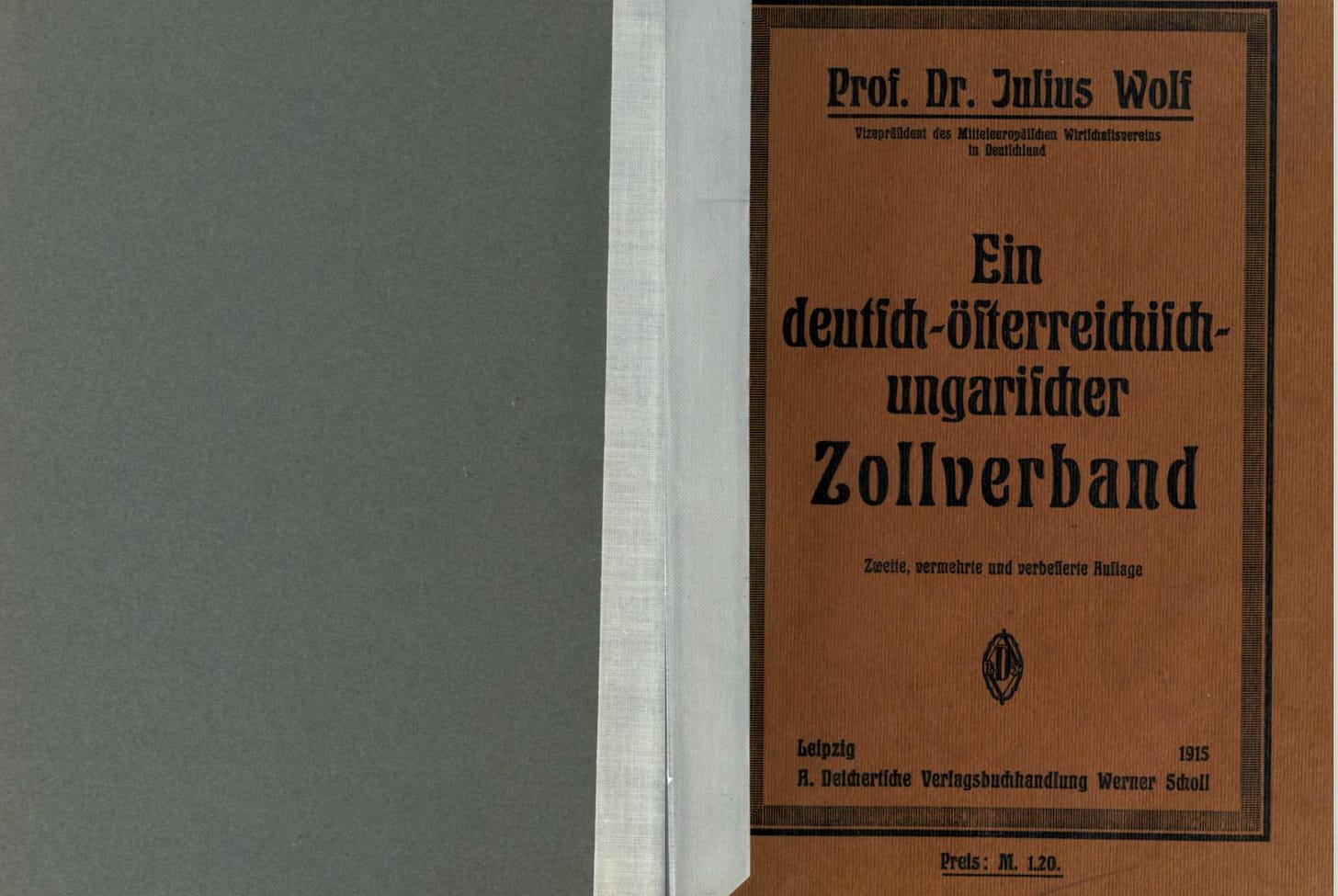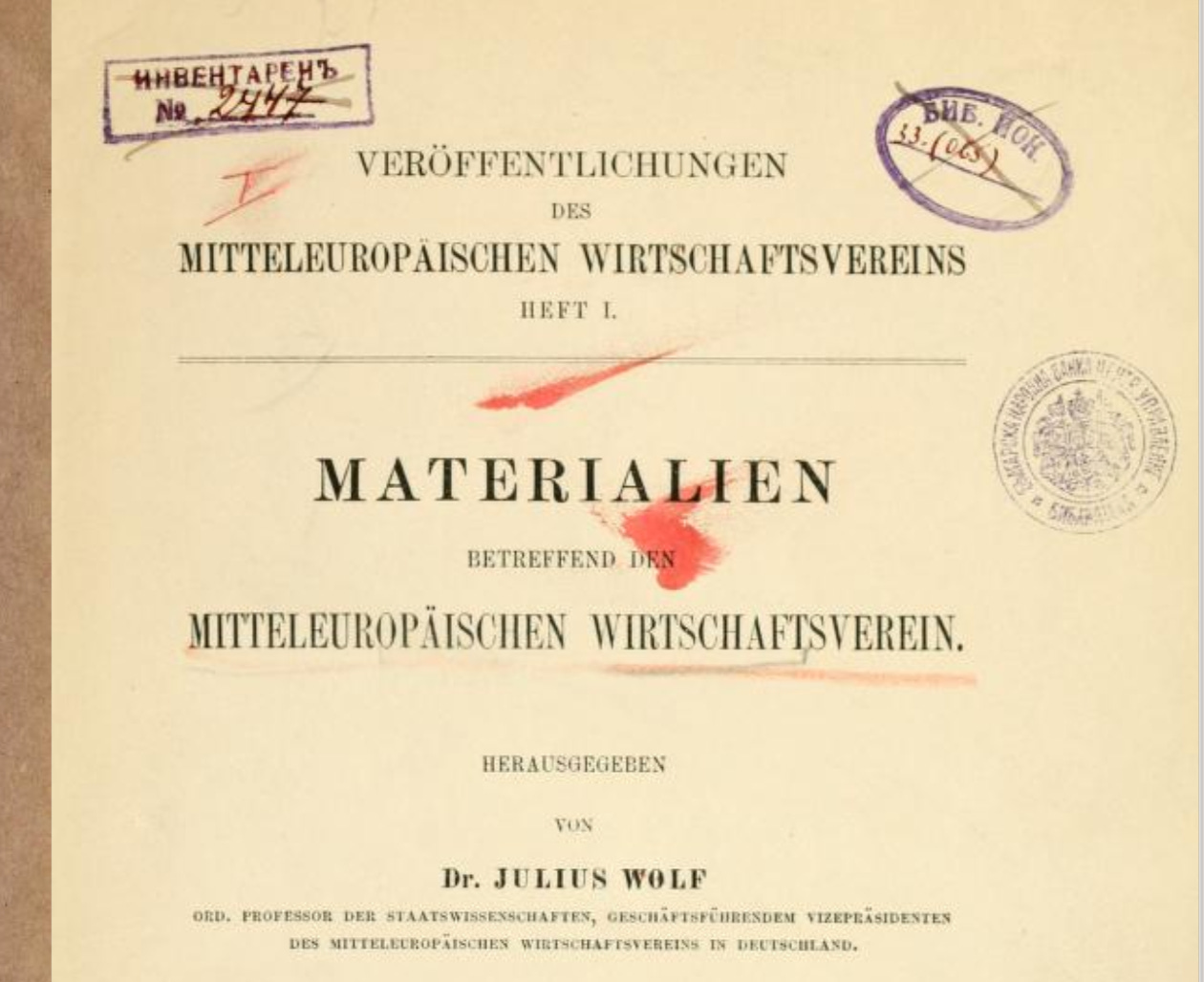Before I suggest a biblical revision of established macroeconomic history, let’s briefly run through the origin of contemporary global governance.
Because it appears that my Crisis Economics hypothesis, in fact, was conservative.
In Crisis Economics, I argued that economic crises are not merely moments of financial turbulence but opportunities for central banks and global institutions to consolidate control over economies. Specifically, the Bank of England’s quantitative easing (QE) program during the pandemic—mirroring government bond issuance in scale—suggests that the response to the 2020 pandemic was fundamentally reliant on central bank cooperation. The debt surge was largely financed through the world’s central banks, leading to the inevitable conclusion that without their full cooperation, lockdowns and quarantines would not have been possible.
This pattern was also evident during the 2008 financial crisis, when extraordinary monetary policies—including Quantitative Easing—became the norm. However, unlike in 2008, when media scrutiny was intense, the economic consequences of pandemic-era policies were largely ignored, and critics were dismissed. The UK’s economic downturn was further exacerbated not only by policy decisions but also by statistical adjustments that distorted GDP figures, reinforcing a crisis narrative.
But the issue extends beyond economic policy. With central bank cooperation as an absolute requirement, power is effectively transferred away from democratic accountability to the world’s central banks.
And this argument was further strangthened through the discovery of the Fabian Society’s 2023 pamphlet, In Tandem, which effectively suggests granting the Bank of England ‘influence’ over fiscal policy—and this, only shortly after Truss and Kwarteng were removed for attempting to set policy independently. But when interest rates soared post-Truss, the media suddenly had no issue with this.
The reality is that the Fabian Society framework logically leads to a system where elected governments do little more than sign on the dotted line—because macroeconomic policy decisions have already been made.
By the Bank of England.
The ideological foundation of contemporary global governance can be traced back to the late 19th and early 20th centuries, with figures like Cecil Rhodes and Andrew Carnegie advocating for an elite-managed, public-private framework that transcended national sovereignty. Rhodes envisioned an Anglo-American empire governed by a technocratic elite, shaping institutions such as the Round Table movement and Chatham House. Meanwhile, Carnegie’s Gospel of Wealth promoted the reinvestment of private capital into global social engineering, laying the foundation for the philanthropic foundations that continue to influence policy today.
But it was the emergence of financial and economic coordination mechanisms in the late 19th and early 20th centuries that created the practical means to advance this trajectory. Julius Wolf’s early work on financial clearing systems and public-private economic cooperation anticipated the creation of institutions like the Bank for International Settlements, which later played a pivotal role in global financial governance. Simultaneously, Eduard Bernstein and Walther Rathenau developed frameworks that integrated capitalism with state-led economic planning, facilitating the rise of mixed economies and welfare states. The consolidation of central banking, particularly through the Federal Reserve (1913) and the BIS (1930), institutionalised monetary control at a supranational level, shifting economic power away from national governments.
By the early to mid-20th century, these economic structures had begun converging with international legal and political governance frameworks. Thinkers such as Leonard Woolf and David Mitrany advanced ideas of functionalist internationalism, where governance authority would shift from nation-states to technical and economic organisations. This approach laid the foundation for the League of Nations, the United Nations, and the European Union, where supranational institutions progressively eroded national sovereignty in favour of centralised global oversight.
And this trajectory culminated in 1998 with Tony Blair’s Third Way, closely aligned with Wolfgang Reinicke’s 2000 United Nations framework, which similarly advocated public-private partnerships cooperating for the ‘common good’. The question, however, remains—
Who decides what constitutes the ‘common good’?
The effective result of this trajectory is a system where public labour and private capital now operate in coordination, with the definition of the ‘common good’ defined by UN General Consultative Status NGOs rather than democratic institutions. Public-private partnerships have become a mechanism for centralising policy control outside of democratic accountability.
Meanwhile, central banks—having already established dominance over monetary policy—are seeking to expand their influence over fiscal policy, as evidenced by the Fabian Society’s In Tandem framework and the Bank of England’s increasing role in shaping economic decisions. This dynamic ensures that macroeconomic policy is effectively predetermined, leaving elected officials with little more than a ceremonial role in governance, as global institutions consolidate power under the guise of financial and social stability.
And this model of governance was first outlined in 1916 by the Fabian Society’s Leonard S. Woolf in International Government, which provided the functional blueprint for Alfred Zimmern as the League of Nations was established.
And when the League of Nations closed its doors for the final time, the newly founded United Nations became, in many ways, its functional continuation.
The Ideological Foundation
1877 – Cecil Rhodes: Confession of Faith12
Rhodes explicitly advocates for a global Anglo-American empire, managed by a technocratic elite, aiming to subsume national sovereignty into a centralised world government.
His Rhodes Scholarships were designed to train future global leaders aligned with his vision of public-private international rule.
Direct influence on the Round Table movement, Chatham House (RIIA), and the League of Nations.
1889 – Andrew Carnegie: Triumphant Democracy3 / The Gospel of Wealth4
Argues that wealth should be managed by an elite for the ‘benefit’ of society, emphasising public-private governance over national democratic processes.
Proposes that capitalists should reinvest their fortunes into global social engineering projects, effectively making NGOs and private institutions as powerful as governments.
This philanthropic model later influences modern global governance organisations (e.g., Open Society Foundations, Gates Foundation, Rockefeller Foundation+Brothers Fund, Ford Foundation, …).
Foundations of Public-Private Economic Cooperation
1886 – Julius Wolf: Early Clearance Mechanism
Discusses financial transaction clearing within a gold-based system, setting the groundwork for international monetary coordination (a model which saw its later uptake through the BIS).
1892 – Julius Wolf: Sozialismus und kapitalistische Gesellschaftsordnung5
Formalises the gold clearing mechanism within an economic cooperation model advocating public-private partnerships.
This institutionalised state-private economic coordination, later seen in central banking and supranational economic policy (BIS, 1930; Woolf, 1916).
1899 – Eduard Bernstein: Evolutionary Socialism67
Applies public-private economic structuring to social democracy, arguing that capital (private enterprise) and labor (public interest) should cooperate for the common good.
Lays the groundwork for welfare-based economic models and the mixed economy approach used in Europe.
Public-Private Finance & Central Banking
1910–1914 – Paul Warburg: The Federal Reserve System: Its Origin and Growth8
Warburg’s work directly leads to the Federal Reserve Act (1913), which formalised central banking coordination.
Provides the institutional framework that the BIS (1930) would later expand into a global clearing system.
1912 – Walther Rathenau: Zur Kritik der Zeit9
A German industrialist, Rathenau promotes state-led capitalism and public-private economic control.
His work influences European economic governance and lays an ideological foundation for economic planning in the 20th century.
1915 – Julius Wolf: Ein deutsch-österreichisch-ungarischer Zollverband10
Proposes a German-Austro-Hungarian free trade zone, advocating for an integrated economic bloc to strengthen economic resilience against Britain, France, and the U.S.
Lays the foundation for economic integration models that would later inspire the European Economic Community (EEC) and the European Union (EU).
1930 – Establishment of the Bank for International Settlements (BIS)1112131415
Based on Julius Wolf and Warburg’s financial clearing ideas, the BIS becomes the first global financial institution.
This model evolves into modern IMF-World Bank structures.
European Economic Integration & International Governance
1904 – Julius Wolf: European Economic Cooperation Proposal16171819
Advocates for a European-wide economic system, an early intellectual precursor to the European Union (EU).
Suggests cross-border regulatory alignment and financial coordination, anticipating later European economic integration efforts.
1908 – Walther Schücking: Die Organisation der Welt20
Applies public-private cooperation to international law, advocating for binding international legal structures that supersede national governments.
Proposes a global legal order that limits national sovereignty, influencing the League of Nations and later the UN’s legal framework.
1915 – David Mitrany: A Working Peace System21
Introduces the functionalism concept, where international governance would be transferred to technical and economic organisations instead of nation-states.
This approach directly influences EU governance and the UN’s system of global agencies.
1916 – Leonard Woolf: International Government22
Takes previous ideas a step further, directly advocating for a system that would erode national sovereignty in favor of supranational control.
Calls for international organisations with binding authority over economic and legal matters, laying the groundwork for the League of Nations.
The Establishment of Institutionalised Global Governance
1919 – Alfred Zimmern & The League of Nations232425
Zimmern, a co-founder of the Chatham House (RIIA), advocates for a transition from British imperial rule to global governance institutions.
Using Woolf’s document as a blueprint, he helps shape the League of Nations as a prototype for supranational decision-making.
1923 – Richard Coudenhove-Kalergi: Paneuropa2627
Calls for a federated Europe under a unified political structure, bypassing national governments.
His vision directly influences early European Union projects.
1926 – Alfred Zimmern: The Third British Empire2829
Frames the British-led transition from empire to international governance, blending economic, political, and legal globalism.
Argues that Britain should guide the process of global governance through institutions like Chatham House and the League of Nations.
1945 – Creation of the United Nations (UN)303132
A continuation of the League of Nations in many regards, and based on Schücking, Mitrany, and Woolf’s work, the UN is structured as a global governance mechanism that overrides national sovereignty in key areas.
1951 – Formation of the European Coal and Steel Community (ECSC)3334
Following Coudenhove-Kalergi’s ideas, the ECSC is the first step toward the European Union.
Introduces economic governance beyond national control, mirroring the public-private model Wolf and Bernstein envisioned.
Keep reading with a 7-day free trial
Subscribe to The price of freedom is eternal vigilance. to keep reading this post and get 7 days of free access to the full post archives.

























